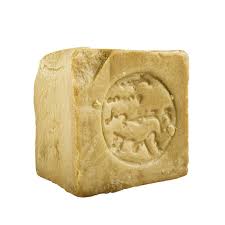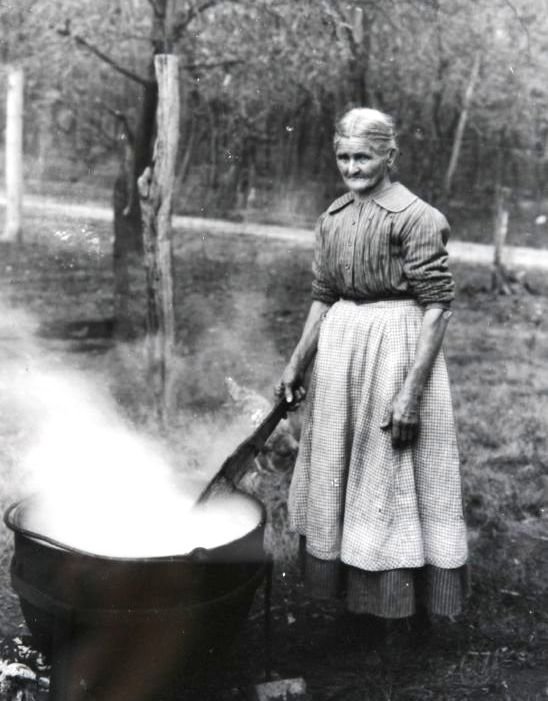HISTORY OF SOAPS

From today’s point of view, it is not possible to trace back exactly since when soaps, as we know them as “fragrance explosions” and cleaning aids, were launched.
What has been scientifically proven, however, is that soaps actually existed several millennia ago and that their origins were not only used for cleaning purposes, but also for other purposes. For example, with the help of Egyptian papyrus rolls, it could be discovered that the ancient Egyptians used the alkaline salts of oils and fats for mummification. Even back then, the soap-containing substances were said to have a healing effect.
The natron / soda, which can be found in large quantities in the desert, has offered the paradise of soap production in the areas of Egypt. In these North African areas, women are said to have used these resources over two millennia before our era and used them to produce a soapy cream made from a mixture of vegetable oils and ashes. Incredible isn’t it? Millennia! In ancient times, body care, as we call it today, was of great importance. However, there is no clear evidence that soap was behind the magic back then.
In Europe, however, the Greeks mainly used clay, sand, pumice stones (= volcanic stones) and ashes to clean their bodies. The body was then rubbed with oil. In this regard, the Romans exceptionally shared the opinion with the Greeks, because they too mainly used a combination of ashes and oils.
Gaius Plinius Secundus wrote in his work “Naturalis historia” (77 AD) how useful the soap used by the Gauls, made from goat fat and ashes, was.

The Roman women gradually became more and more interested in the creamy miracle. Over time, they have also used soaps to dye their hair in order to achieve a reddish tint.
Even in the times of the alchemists of the 9th century there are indications which point to the knowledge of the cleansing and healing effects of soap. Significant amounts of soap were imported into Europe from Arabia, Persia and India during this period. At the same time, the development of soap production flourished here. Production rose exponentially under Charlemagne and soap makers at the Fief were even compulsory. The oil pressed from the fruit and finally obtained from the last pressing process was no longer used exclusively for consumption, but much more for the manufacture of soaps. Due to the high vitamin and fat content as well as the high hydrating effect, these ingredients were ideal for soap production. The manufacturing method has continued to evolve over generations, but is still similar to is still similar to nowadays. Soap has become an integral part of our society today. As the famous German chemist Justus Liebig already knew back then: “Soap is a measure of prosperity and the culture of states.”



